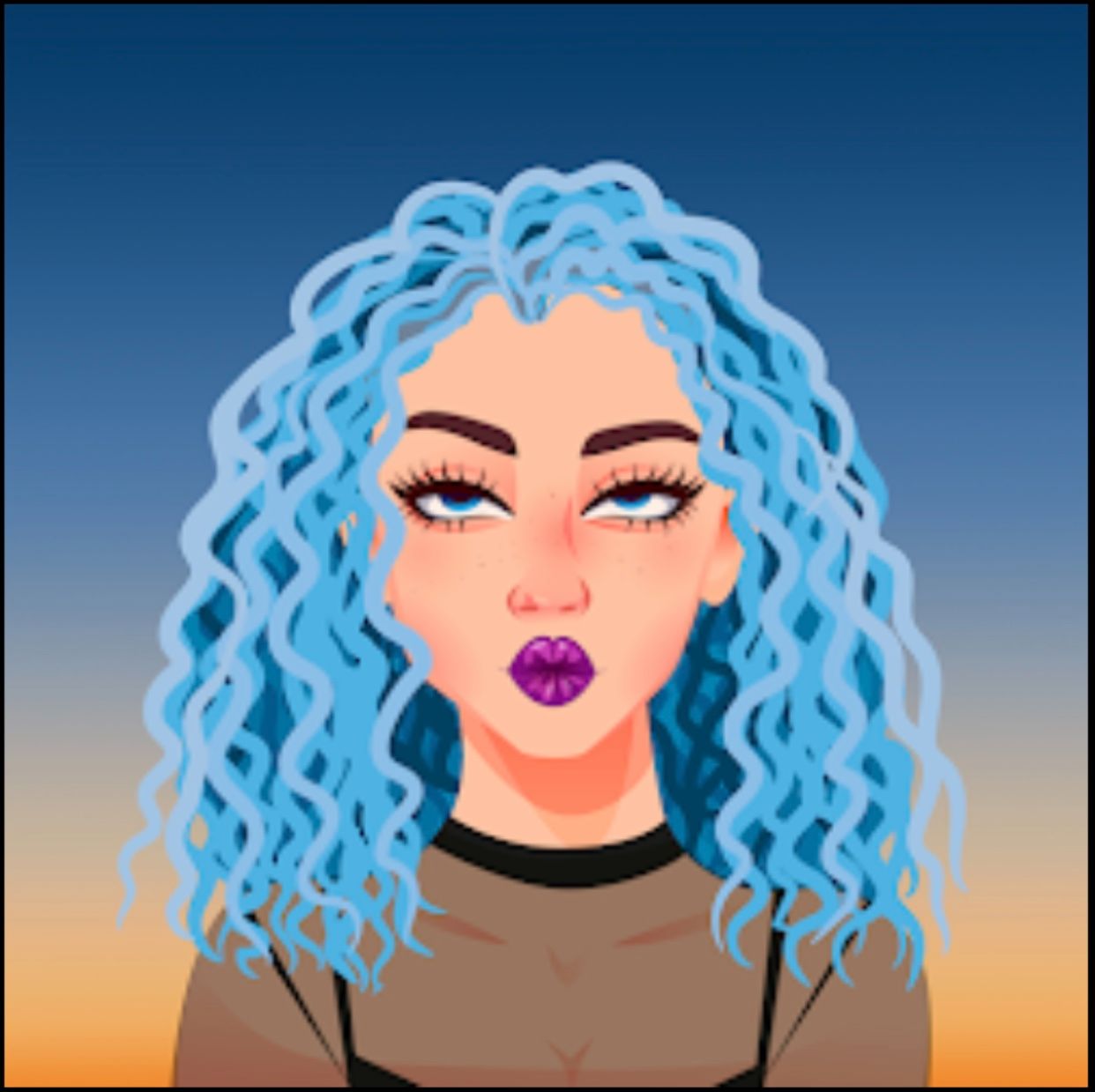1,140 reads
NFTs in a Nutshell: The Beginner's Guide To Becoming An NFT Degenerate
by
December 5th, 2021
Audio Presented by
About Author
Eater of bitcoin stories. Spinner of blockchain tales.
Comments
TOPICS
Related Stories
µRaiden: Micropayments for Ethereum
HackerNoon Writer
Sep 19, 2017
µRaiden: Micropayments for Ethereum
HackerNoon Writer
Sep 19, 2017
